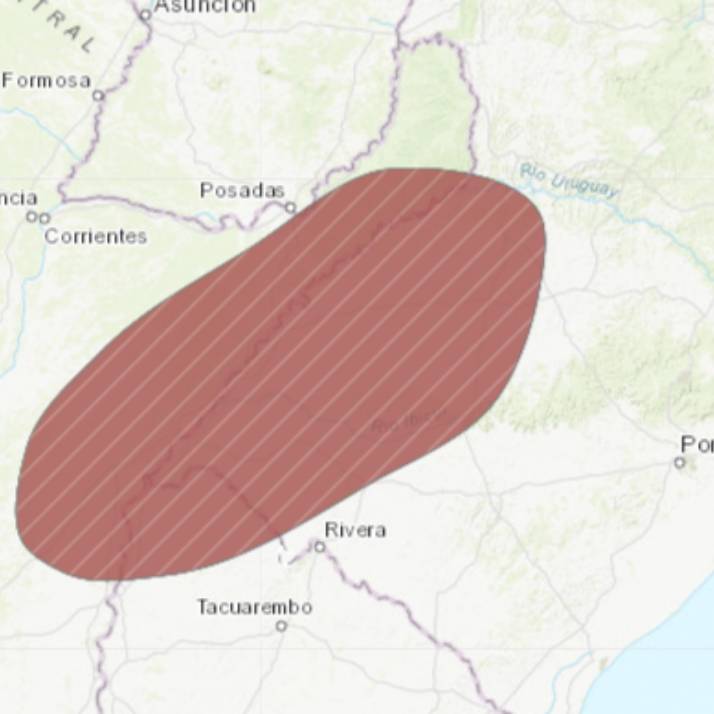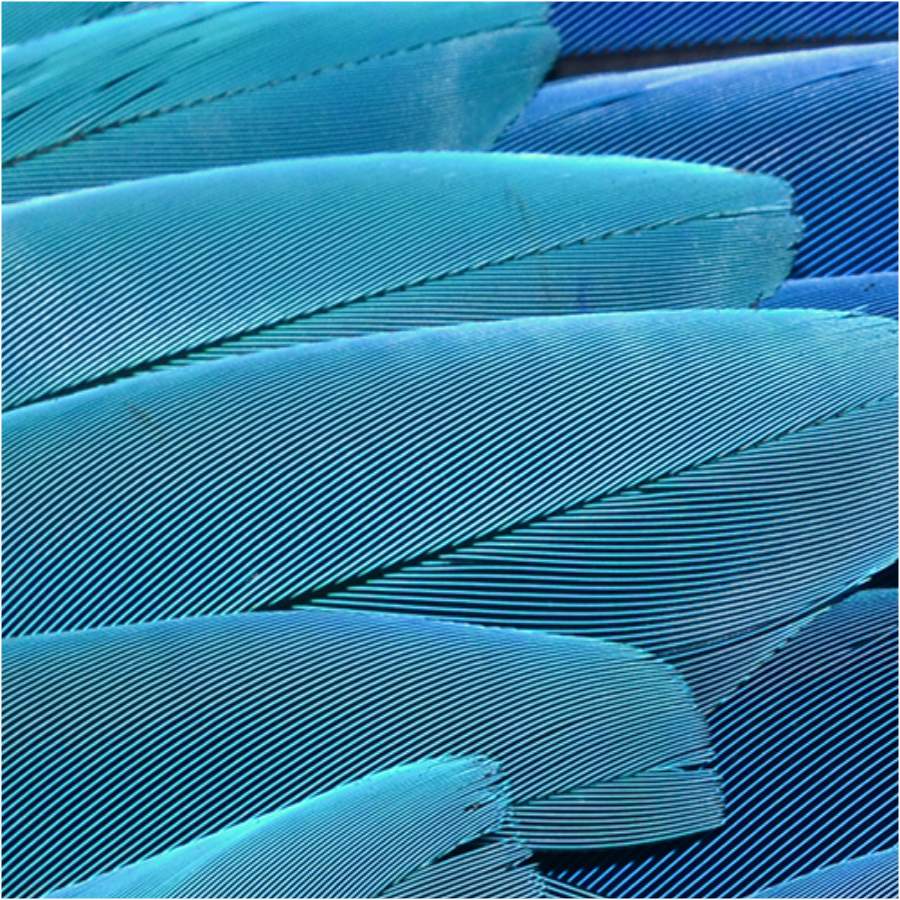Records indicate that they measured up to 72 cm. They were blue in color, very similar to the Lear’s Macaw. They also had the ring around the eye and the dewlap (skin around the base of the jaw) of yellow color. The difference is in the blue and yellow tone and in its length.
Status of conservation
Considered to be extinct, as no individuals have been located either in the wild or in captivity (CITES I). And the known taxidermy specimens (scientific stuffing) belong to museums abroad. It was already rare, with a very small population, at the end of the 19th and beginning of the 19th centuries and it disappeared before being well studied. Hypotheses about extinction include hunting and capture as pets, natural catastrophes, low genetic variability, and destruction of the natural environment as humans settled along the rivers.
Source: IUCN
Geographic Distribution
Occurred in Eastern Paraguay, Southern Brazil, Western Uruguay and Northern Argentina.
Habitat
They lived in the lowlands with palm trees on the banks of the rivers (Uruguay, Paraná and Paraguay). As there are no confirmed reports, it is assumed that they built nests in cavities of river banks, rocky walls or tree cavities.
Food
Palm seeds, probably from the Butia yatay,
Threats
Due to hunting and illegal trafficking, as well as habitat destruction and degradation, populations declined considerably during the mid-19th century.



